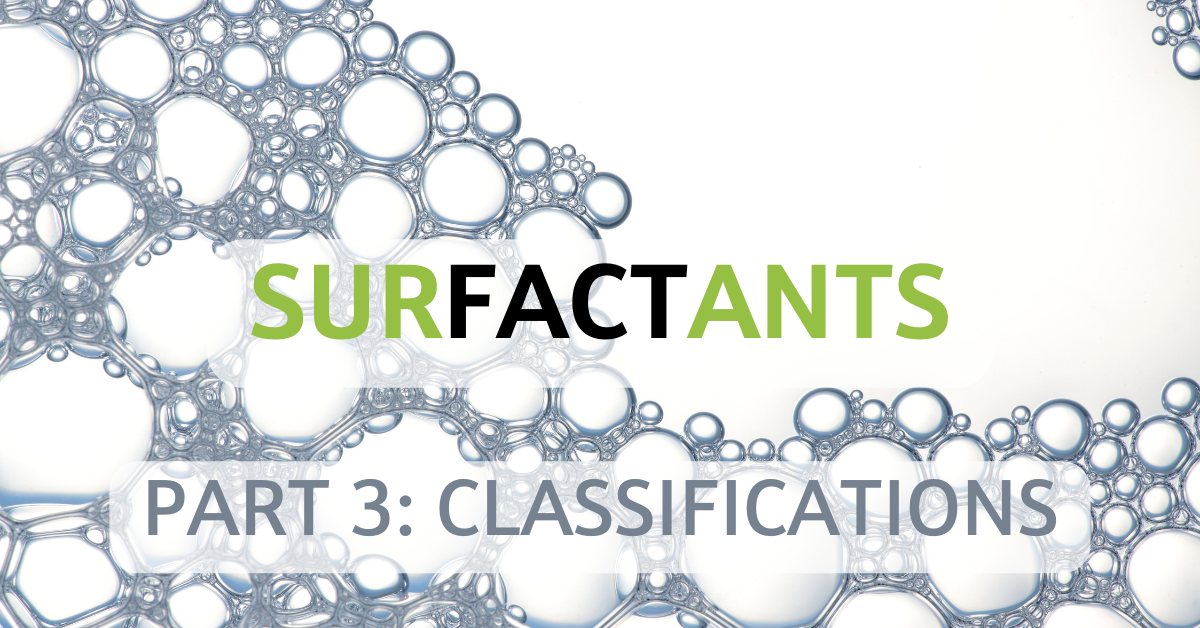
Putting the FACT in SurFACTants: Classifications
Surfactants are one of the most versatile ingredients for use in almost every industry. It is already known that these surface-active agents serve a multitude of purposes from homecare, personal care, and even industrial applications. They make strong detergents, wetting agents, emulsifiers, and more.
But did you know there are actually four different types of classifications for surfactants?
Four Surfactant Classifications
Every surfactant is composed of two separate regions—the hydrophobic tail and the hydrophilic head. It is the hydrophilic head that separates one surfactant from the next. There are four types of surfactant classifications:
- Cationic
- Anionic
- Nonionic
- Amphoteric
The charge of the head group determines how each surfactant is classified. Cationic surfactants have a positive charge, anionic surfactants have a negative charge and nonionic surfactants have no charge. Amphoteric surfactants, however, have both a negative and positive charge.
The four classifications of surfactants make way for many different applications and uses. Surfactants can be chemical or bio-based, but it is the structure that sets each individual type apart. The charges on the polar head group determine the diverse application opportunities for each surfactant.
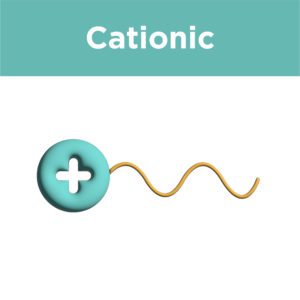 1.) Cationic Surfactants
1.) Cationic Surfactants
Cationic surfactants have a positive charge on the hydrophilic head region of the molecule. This positive charge makes them useful in anti-static products like fabric softeners and hair conditioners.
The positive charge also allows for the surfactant to serve other functions like antimicrobial effectiveness. In this application, the positively charged surfactant can interact at the microbial interface and kill the cell.
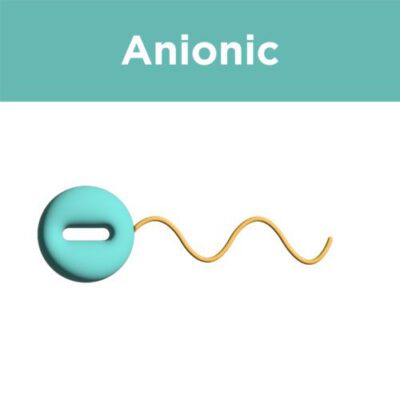 2.) Anionic Surfactants
2.) Anionic Surfactants
Anionic surfactants are most frequently used in detergents or cleaning products. The polar head group has a negative charge that contributes to the surfactants’ broad range of soil lift and removal capabilities. These are often found in your favorite shampoos and cleansers. They help lift and remove everyday dirt and build up.3.) Nonionic Surfactants
3.) Nonionic Surfactants
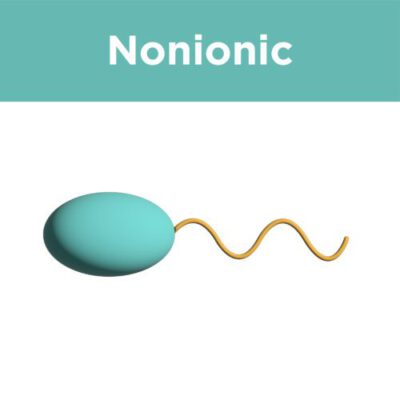 Non-ionic surfactants are great at emulsification—mixing oil and water. Due to their neutral charge, or no charge, they make great wetting agents, enabling an even dispersion of liquids, such as paints or coatings, on a surface. The surfactants can even be added to formulations with low foam; or used in conjunction with an anionic surfactant for extra lifting power when emulsifying oil-based soils.
Non-ionic surfactants are great at emulsification—mixing oil and water. Due to their neutral charge, or no charge, they make great wetting agents, enabling an even dispersion of liquids, such as paints or coatings, on a surface. The surfactants can even be added to formulations with low foam; or used in conjunction with an anionic surfactant for extra lifting power when emulsifying oil-based soils.
These benefits are in addition to their excellent compatibility with other surfactants.
4.) Amphoteric Surfactants
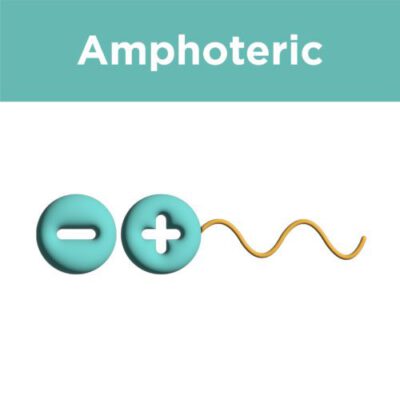 Amphoteric surfactants have both a positive and a negative charge. The pH of the solutions they’re used in will determine these surfactants’ function. For example, when in acidic solutions these surfactants will be positively charged. They will be negatively charged in basic or alkaline solutions. When in a neutral solution, they will have a neutral charge. These amphoteric surfactants are often used in personal care products like shampoos, cosmetics, and toiletries. The variable charge on the molecules allows for a multitude of applications and uses.
Amphoteric surfactants have both a positive and a negative charge. The pH of the solutions they’re used in will determine these surfactants’ function. For example, when in acidic solutions these surfactants will be positively charged. They will be negatively charged in basic or alkaline solutions. When in a neutral solution, they will have a neutral charge. These amphoteric surfactants are often used in personal care products like shampoos, cosmetics, and toiletries. The variable charge on the molecules allows for a multitude of applications and uses.
Co-Surfactant Functionality in Product Formulations
The compatibility and effectiveness of one surfactant with another depends on the charge. For example, an anionic surfactant will not mix with a cationic surfactant because of the opposite charges. Cationic and nonionic surfactants, however, are compatible and could be used together in a product. Same goes for anionic with a nonionic surfactant.
Locus Performance Ingredients (Locus PI) is leading the charge in developing high-performing yet sustainable biosurfactants, a category of bio-based surfactants. Locus PI produces high-activity sophorolipids—biosurfactants in the glycolipid class. The Amphi® line of multifunctional biosurfactants is available in nonionic and anionic types, offering formulators the ability to create customized blends that meet a multitude of applications.
Unlike traditional surfactants, Locus PI’s biosurfactants are 100% USDA-certified biobased, non-GMO, palm oil free. The sophorolipids are readily biodegradable, contain no 1,4-dioxane or other prop 65 issues and have a near-zero carbon footprint.


